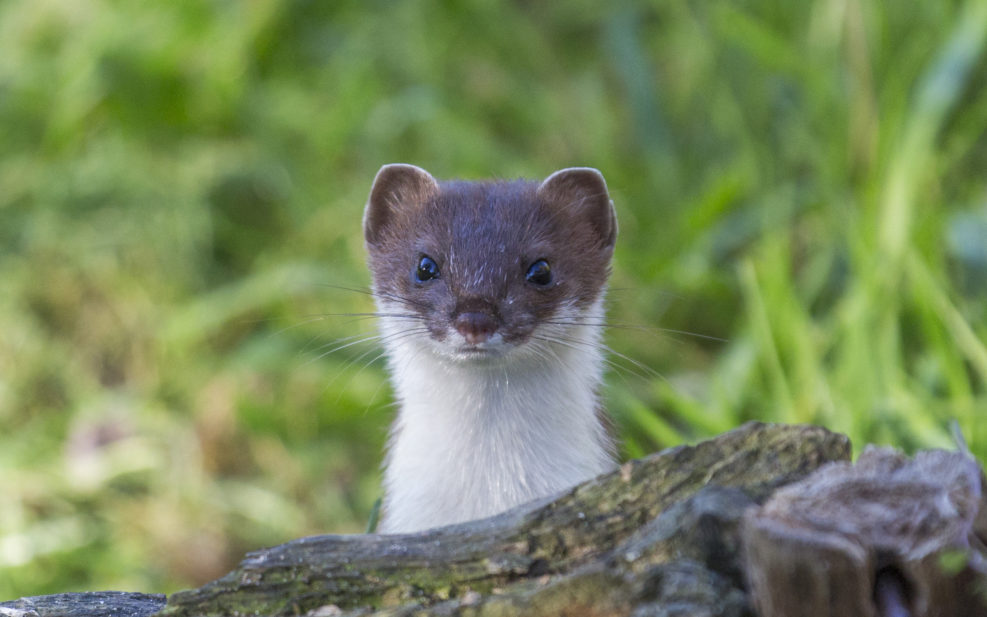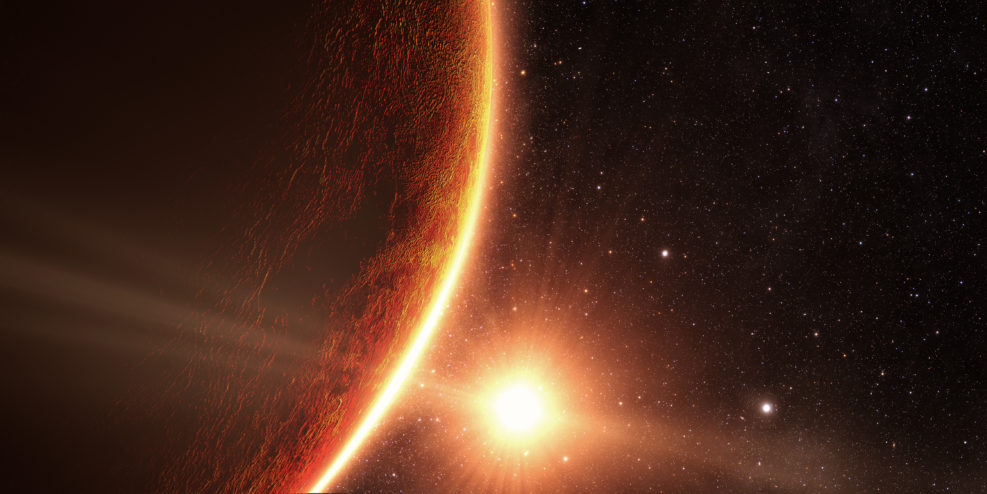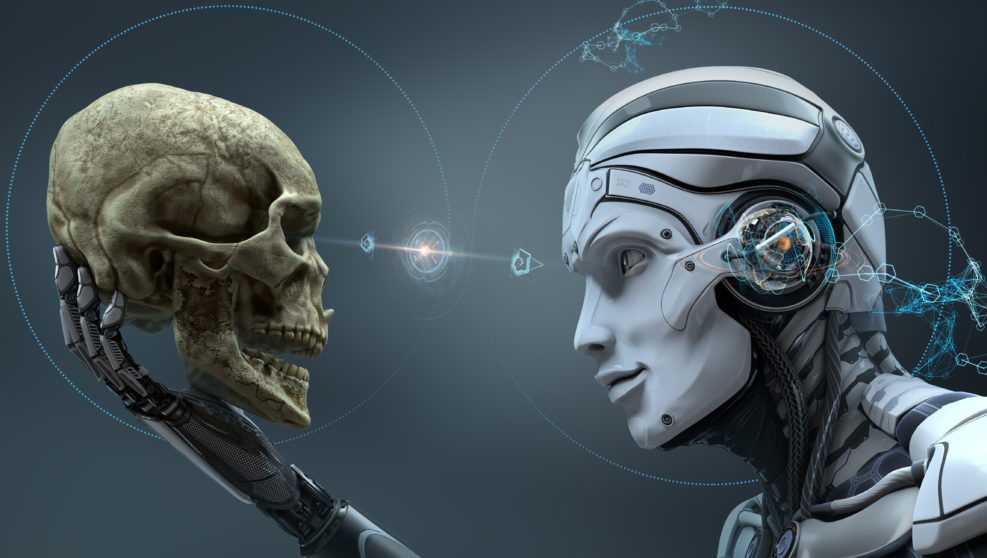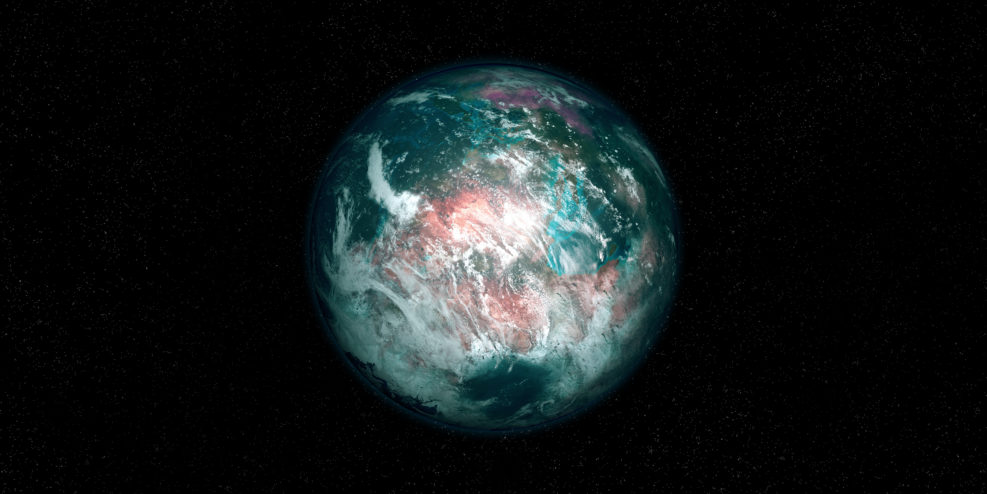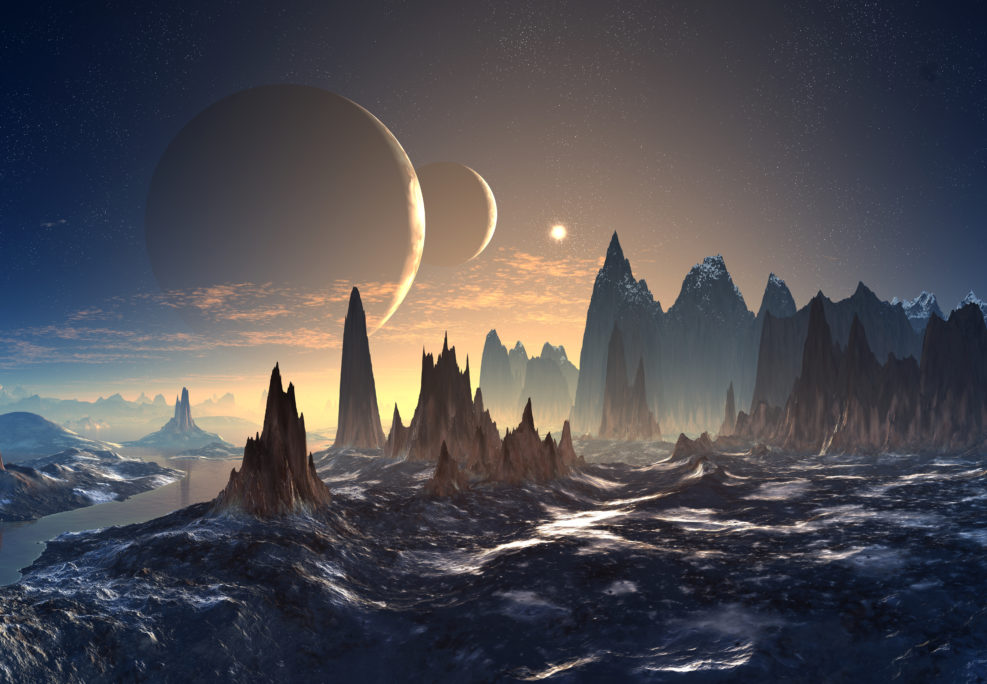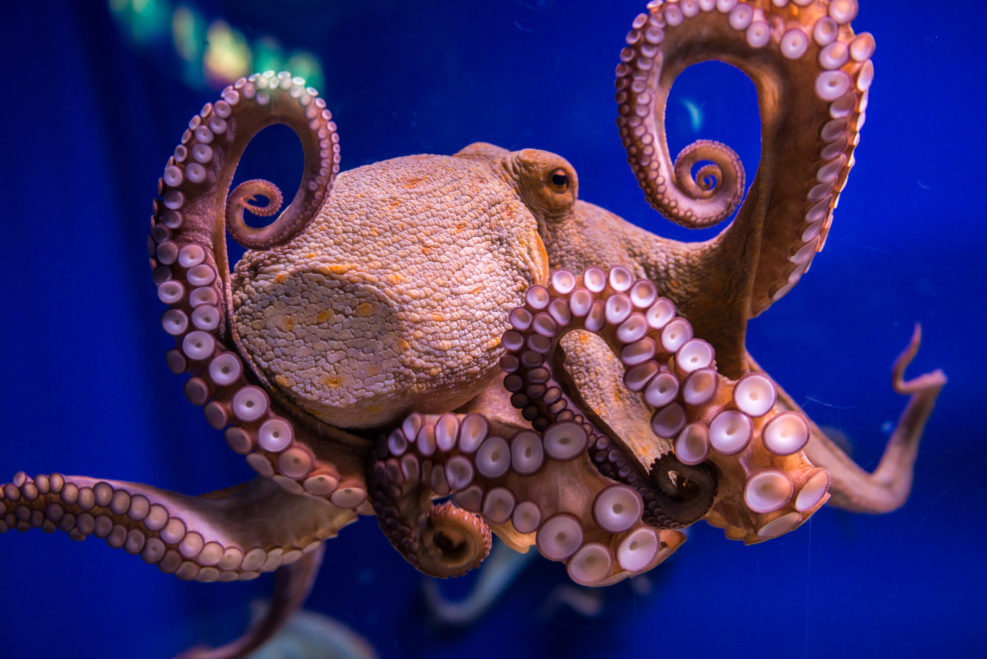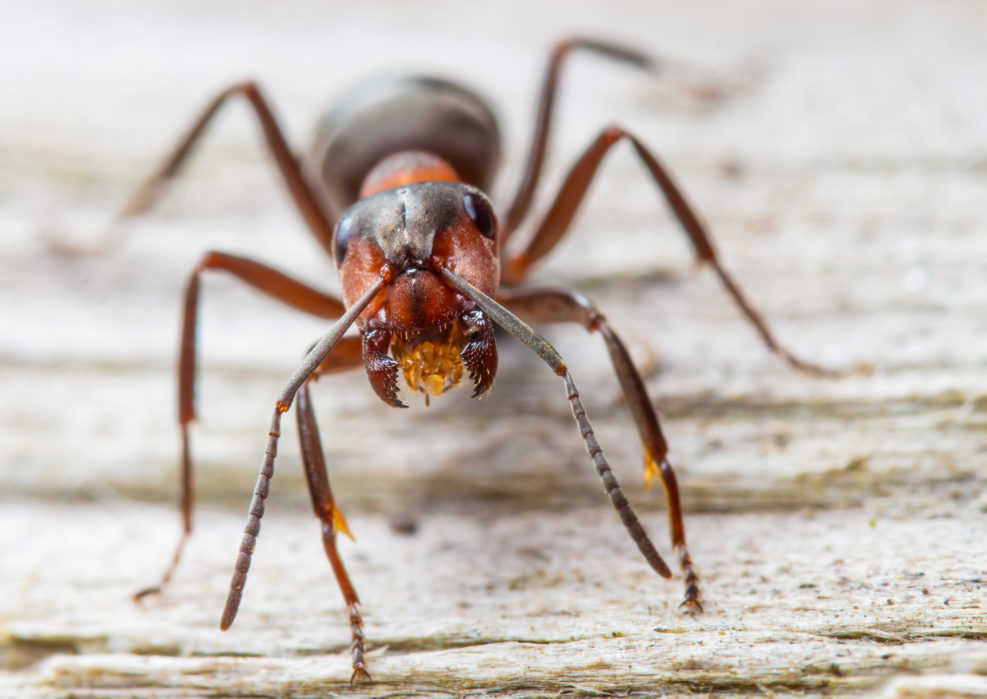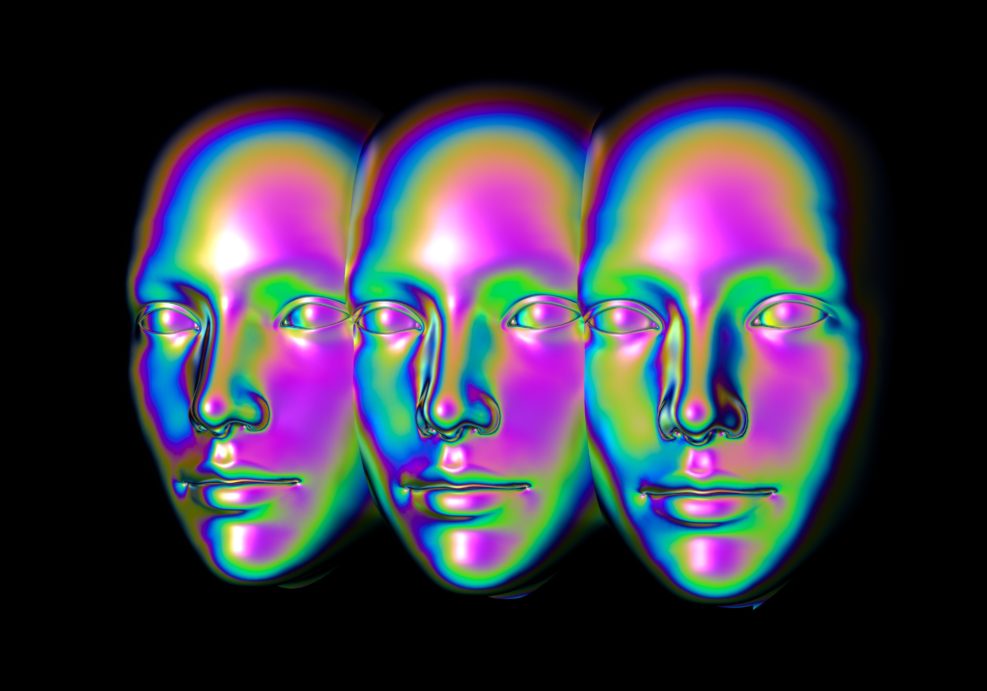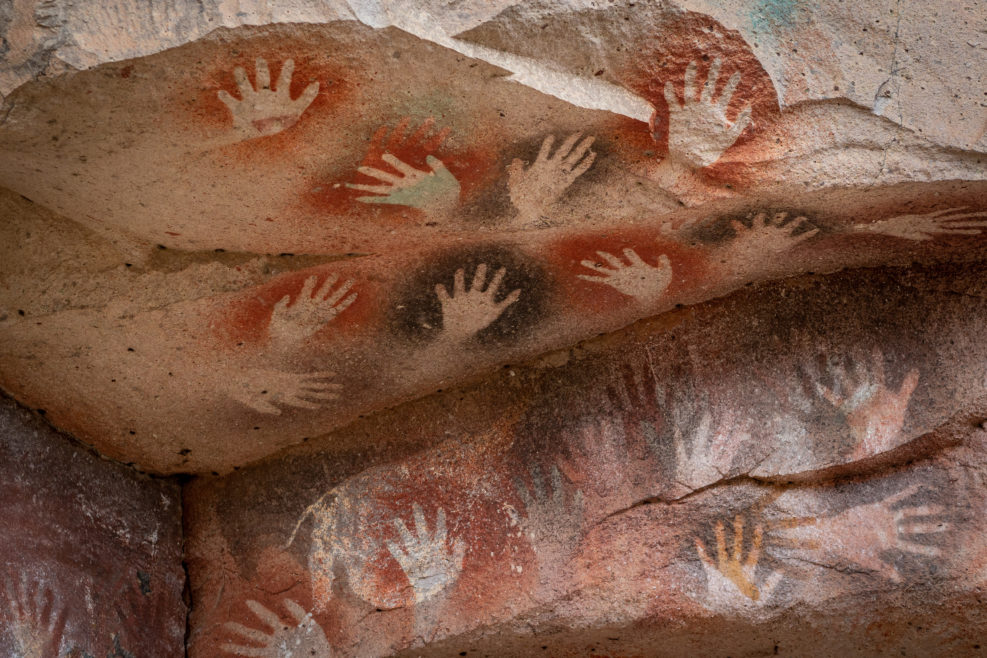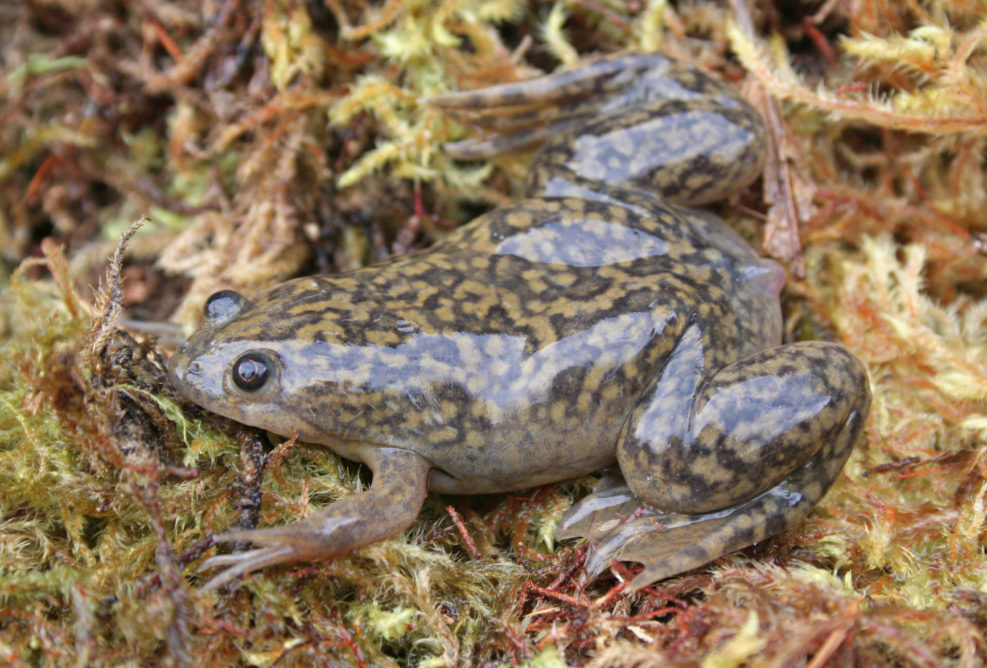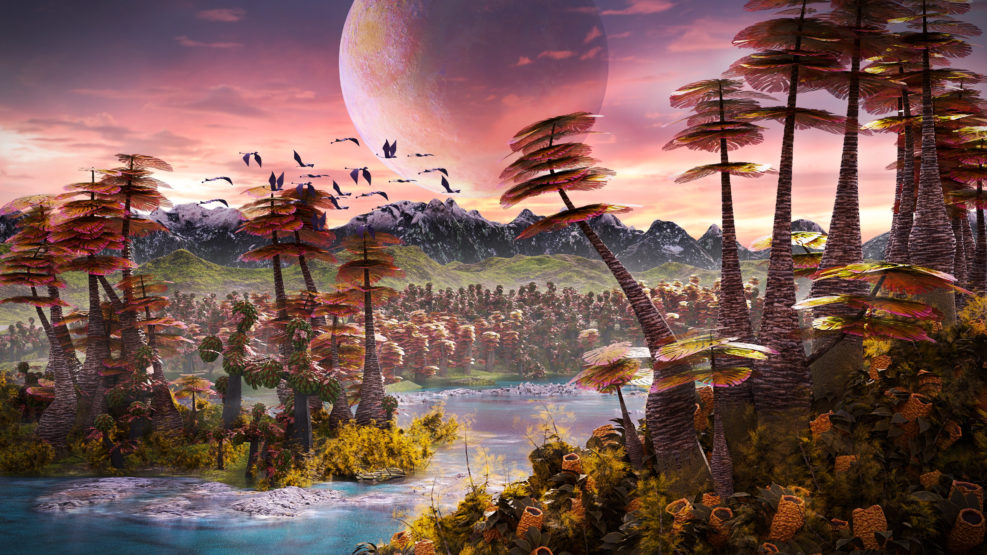
NASA Develops a Scale for Assessing the Chances of ET Life
We’ve come a long way from mere snatches of (maybe) information to the need for standards in evaluating the expected incoming massGeoscientist Dirk Schulze-Makuch, co-author with William Bains of The Cosmic Zoo (2017) and a number of other books on planetary habitability, thinks science needs standardized scales for assessing claims about extraterrestrial life. There are lots of claims: life on Mars detected by the Viking landers (1976), fossil life in a Mars-origin meteorite (1996), phosphine on Venus (2020) … all have some evidence in their favor. But scientists need a way to express degrees of certainty. Recently, NASA has proposed the Confidence of Life Detection Scale (CoLD), featuring seven benchmarks. The main problem is that evidence that might suggest life could just as easily be a non-biological process: Consider Jupiter’s moon Europa. A large asteroid impact could have volatilized ice on Read More ›
